Introduction
The education landscape is undergoing a major transformation with the introduction of artificial intelligence (AI). Traditional teaching methods, which typically follow a one-size-fits-all approach, are being replaced by AI-driven solutions that cater to the unique learning needs of each student. This shift is not just about automating administrative tasks, but about personalizing learning to improve student outcomes. From adaptive learning platforms to AI-powered tutoring systems, the potential of AI in education is vast. In this article, we’ll explore how AI is revolutionizing personalized learning, how AI-powered platforms and assessment tools are improving educational quality, and the future of AI in the classroom.
1. The Shift from Traditional Education to Personalized Learning
Personalized learning is the practice of tailoring education to meet the individual needs, strengths, and interests of each student. Historically, the one-size-fits-all approach of traditional education has struggled to accommodate students with varying learning speeds, styles, and abilities. AI is reshaping the way educators approach personalization, providing tools that can respond to the specific learning preferences of each student in real time.
1.1 The Traditional Classroom and Its Limitations
Traditional classrooms often feature a teacher leading a group of students with diverse learning needs. While teachers do their best to offer differentiated instruction, it’s virtually impossible to meet the exact needs of every student within the constraints of class time and resources. Some students may fall behind, while others may be left unchallenged, leading to disengagement.
1.2 Enter AI: The Future of Personalized Learning
AI allows for the creation of adaptive learning environments, where digital tools can assess a student’s current level of understanding and adjust the content, difficulty, and pace accordingly. By analyzing real-time data, AI systems can provide immediate feedback and offer personalized recommendations, helping each student progress at their own pace.
2. AI-Driven Learning Platforms: Empowering Students with Tailored Education
AI-powered learning platforms are becoming increasingly prevalent in classrooms and online education settings. These platforms use machine learning algorithms to tailor educational content based on a student’s strengths, weaknesses, and learning preferences.
2.1 Adaptive Learning Systems: Customizing Content Delivery
Adaptive learning technologies use AI to modify the presentation of material based on a student’s individual needs. Platforms like Knewton and DreamBox assess a student’s current level of comprehension, provide immediate feedback, and adjust lessons to meet their specific learning needs. This allows students to move at their own pace and ensures that they fully grasp concepts before moving on to more advanced topics.
2.2 Personalized Learning Pathways
AI-based learning platforms can create personalized learning pathways for each student. For example, if a student struggles with a particular math concept, the platform might provide additional practice problems, tutorials, or alternative explanations until the student masters the material. Conversely, if a student excels in a certain area, the system can offer more challenging tasks to keep them engaged and motivated.
2.3 Enhancing Engagement through Gamification
AI can also help make learning more engaging by incorporating elements of gamification. Platforms like Duolingo and Quizlet use AI to create interactive lessons and adaptive quizzes that cater to the learner’s pace, offering rewards and incentives for progress. This not only enhances the learning experience but also motivates students to continue their educational journey.
3. AI in Assessment: Enhancing Feedback and Evaluation
One of the key challenges in education is providing timely and accurate feedback on student performance. AI-powered assessment tools can automate the grading process, analyze student responses in real-time, and offer personalized feedback, saving time for teachers and providing students with more targeted guidance.
3.1 Automating Grading and Reducing Teacher Workload
AI tools such as Gradescope can automatically grade assignments, quizzes, and even essays. These systems use natural language processing (NLP) to assess written responses, providing a quicker and more objective way to grade open-ended questions. By automating grading, AI allows teachers to focus on providing meaningful feedback, teaching, and engaging with students on a deeper level.
3.2 Real-Time Feedback for Continuous Improvement
AI allows for real-time assessment, providing students with immediate feedback on their performance. For example, platforms like Socrative and Smart Sparrow offer real-time quizzes and surveys that adapt to students’ responses, offering feedback and guiding them toward the correct answer. This type of instant feedback enables students to understand where they went wrong and adjust their learning strategies quickly.
3.3 Predictive Analytics: Identifying Struggling Students
AI tools are capable of analyzing large amounts of data to predict student performance and identify students who may be at risk of falling behind. By tracking student progress and identifying patterns in behavior and performance, AI can provide early warnings and help educators intervene before issues become more serious. This predictive approach can help reduce dropout rates and ensure students receive the support they need.
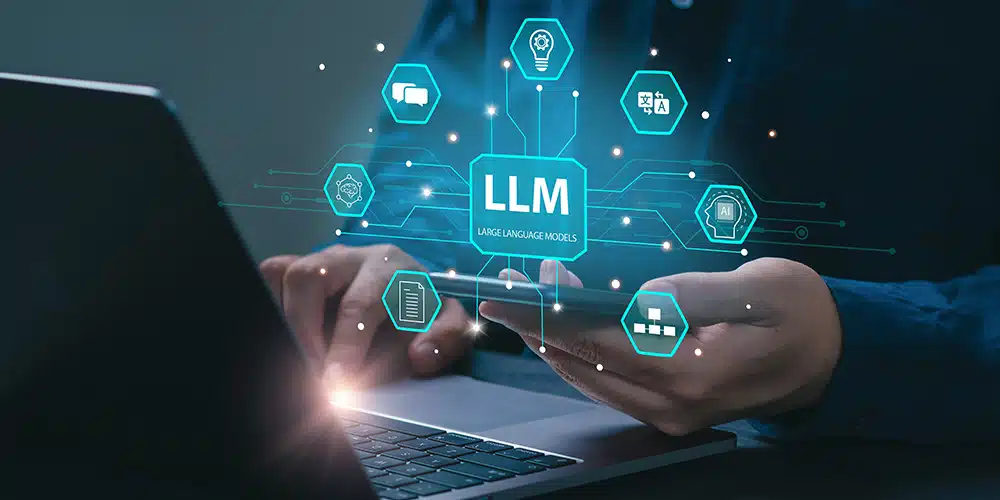
4. AI-Powered Tutoring: Enhancing Support Beyond the Classroom
AI-driven tutoring systems are enabling students to receive personalized instruction outside the classroom, providing support when they need it most. These platforms often work alongside traditional teaching methods to reinforce learning, making tutoring accessible at any time and from anywhere.
4.1 Virtual Tutors and AI-Powered Chatbots
AI-powered virtual tutors and chatbots are becoming increasingly common in education. Tools like Socratic by Google and IBM Watson Tutor can answer students’ questions, explain difficult concepts, and even guide them through problem-solving processes. These systems are available 24/7, allowing students to receive help whenever they need it, even outside school hours.
4.2 Personalized Support for Diverse Learning Needs
AI tutors can adapt to each student’s unique learning style. For instance, a student who learns best through visual aids may be shown diagrams or videos, while a student who prefers text-based learning may be provided with detailed written explanations. This level of personalization helps ensure that every student receives the support they need to succeed.
4.3 Reducing the Need for Human Tutoring
While human tutors are invaluable, AI tutoring systems can provide support at scale, reducing the strain on educators and making tutoring services more affordable and accessible. This is particularly beneficial in large classrooms or online education environments, where individualized attention can be hard to provide.
5. The Role of Teachers in an AI-Driven Education System
Despite the impressive capabilities of AI in education, teachers still play a crucial role in the learning process. AI tools are designed to complement, not replace, teachers. In this section, we explore how AI can empower educators to improve their teaching strategies and enhance the student experience.
5.1 AI as a Teaching Assistant
AI can function as a virtual teaching assistant, handling administrative tasks like grading and scheduling, allowing teachers to focus on more important aspects of teaching. This support gives educators more time to develop engaging lessons, offer personalized guidance, and build meaningful relationships with their students.
5.2 Supporting Teachers with Data-Driven Insights
AI tools can also provide teachers with valuable insights into their students’ progress. By analyzing data on student performance, AI can highlight areas where students are struggling, recommend intervention strategies, and even suggest supplementary resources. This allows teachers to provide more targeted instruction and ensure that no student falls through the cracks.
5.3 Enhancing Professional Development for Educators
AI can support teachers’ professional growth by offering personalized training and resources. AI platforms like TeacherBot can provide teachers with recommendations on new teaching methods, educational trends, and relevant professional development opportunities based on their teaching style, subject matter, and student needs.
6. The Future of AI in Education: Opportunities and Challenges
As AI continues to advance, the potential for further revolutionizing education is immense. However, the widespread adoption of AI in education also presents challenges that need to be addressed, including data privacy concerns, equity in access to technology, and ensuring that AI systems are used ethically.
6.1 Ethical Considerations and Bias in AI
AI systems are only as good as the data they are trained on. If these systems are not carefully designed, they may perpetuate biases in grading, recommendations, and decision-making. Ensuring fairness, transparency, and accountability in AI algorithms is crucial to avoiding unintended consequences that could disadvantage certain groups of students.
6.2 Accessibility and Equity
While AI has the potential to make education more personalized, it also raises concerns about the digital divide. Ensuring that all students, regardless of socioeconomic background, have access to the necessary technology and AI-powered tools will be crucial in avoiding widening educational inequalities.
6.3 Preparing Educators for the AI-Enhanced Classroom
As AI becomes more integrated into the classroom, teachers will need ongoing training to effectively use these tools. This includes understanding how to incorporate AI into their teaching practices, how to interpret data generated by AI platforms, and how to maintain a human-centered approach in an increasingly tech-driven education system.
Conclusion
AI is transforming the way education is delivered, offering students personalized learning experiences that are tailored to their individual needs. From adaptive learning platforms to AI-powered tutoring systems and assessment tools, these technologies are improving the quality of education, enabling students to reach their full potential. While there are still challenges to overcome, the future of AI in education is promising, and as these technologies continue to evolve, they will open up new opportunities for learners and educators alike. By embracing AI in education, we are not just improving learning outcomes but also preparing students for the challenges of the 21st century.






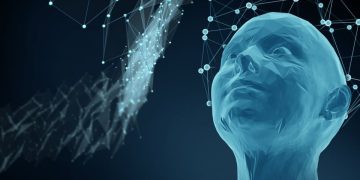



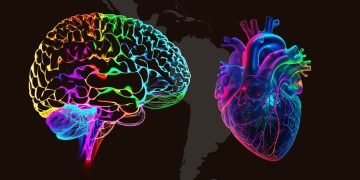


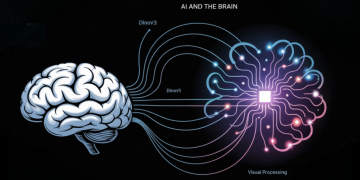
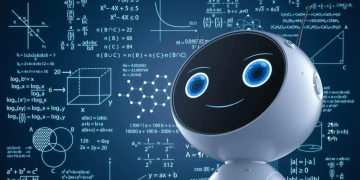
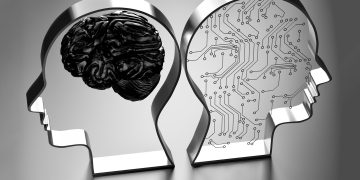

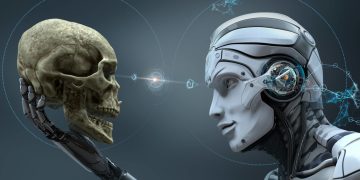







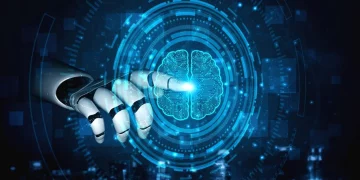



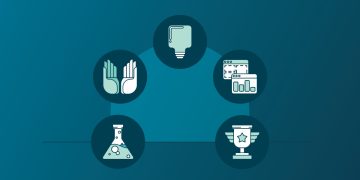

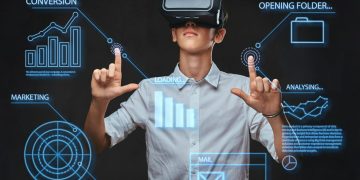


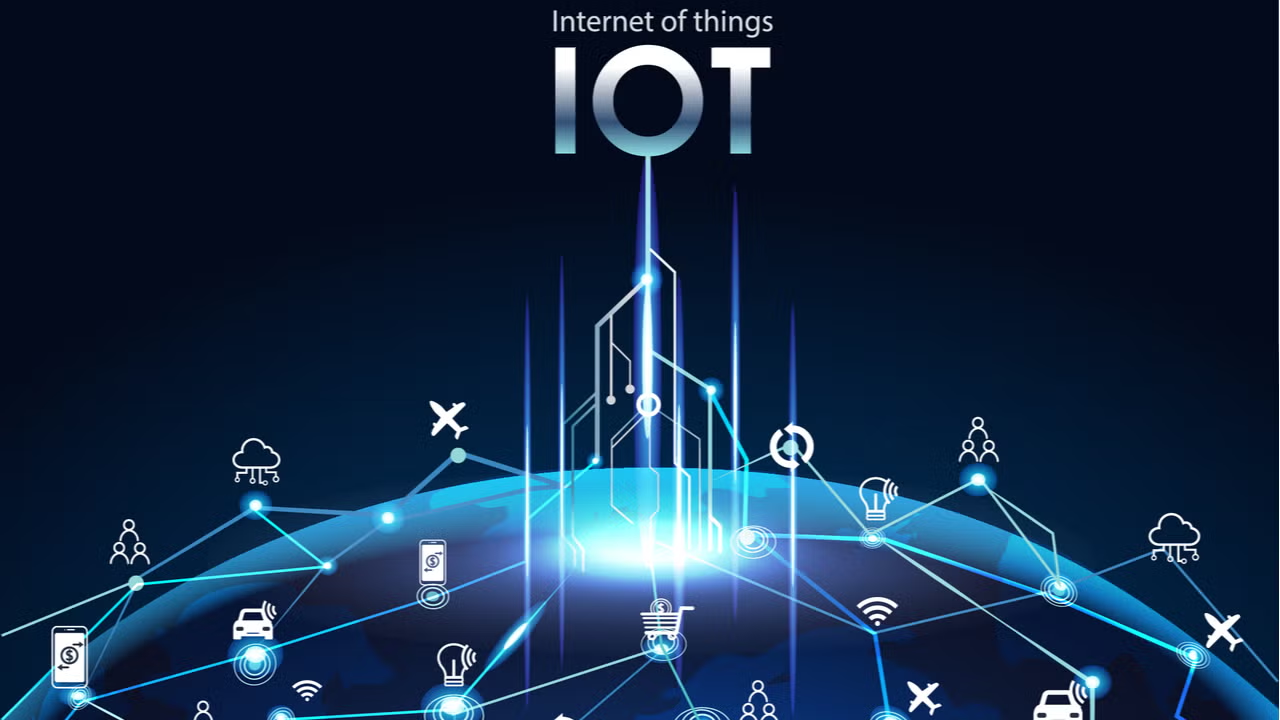
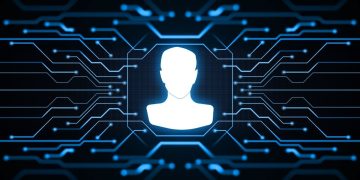

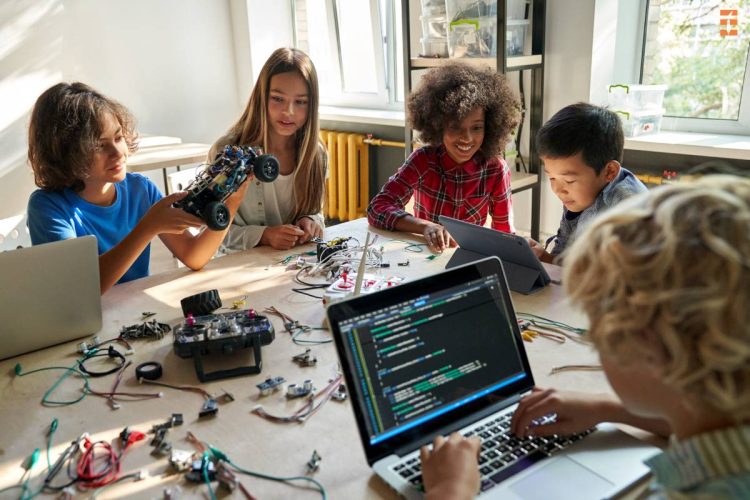












Discussion about this post